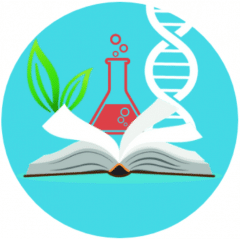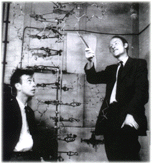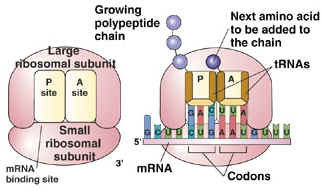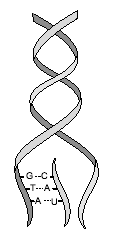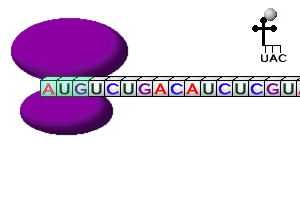| Natural Selection Within a Species |  |
Introduction:
Natural selection is the evolutionary process by which the most adaptable individuals survive. An adaptation is an inherited variation that helps an organism to survive. When the organism survives, its chances of reproduction are increased as well as its ability to pass on its inherited traits. All members of a species are different from one another. In this activity, you will investigate two variations among peanut plants — length of shell and number of seeds per shell. Most shells contain a certain number of seeds which is an adaptation to its survival.
Objective:
Students will investigate natural selection in peanuts.
Materials:
50 peanuts in shells, metric ruler, pencil, graph paper
Procedure:
- Count out 50 peanuts in their shells.
- Use a metric ruler to measure the length of each shell in millimeters. Put a check mark in Table 1 in the space indicating the length of the shell.
- Open the shell and count the number of seeds inside. Put a check mark in Table 2 in the space next to the number of seeds that you counted.
- Repeat steps 1 – 3 for the other 49 peanuts.
- Set up two bar graphs using the headings from each table as the axes for each graph.
- Plot a bar graph from the data in each table.
Data:
Table 1
| Length of Shell (mm) | Number of Shells |
| 5-10 | |
| 10-15 | |
| 15-20 | |
| 20-25 | |
| 25-30 | |
| 30-35 | |
| 35-40 | |
| 40-45 | |
| 45-50 | |
| 50-55 | |
| 55-60 | |
| 60-65 | |
| 65-70 | |
| 70-75 |
Table 2
| Number of Seeds Per Shell | Number of Shells |
| 1 | |
| 2 | |
| 3 |
Title: ________________________________________________________

Title: ________________________________________________________

Questions:
- What is the most common length of the shells you measured?
- What was the most common number of seeds in the peanut shells that you opened?
- What might happen if each shell contained fewer than normal seeds and why?
- What might happen if each shell contained more than the normal number of seeds and why?
- Was there a relationship between the most common length of shells and the number of seeds they contained? Explain your answer.
- Write 1-2 paragraphs explaining how shell length and seed number in peanuts illustrates natural selection within this species.
